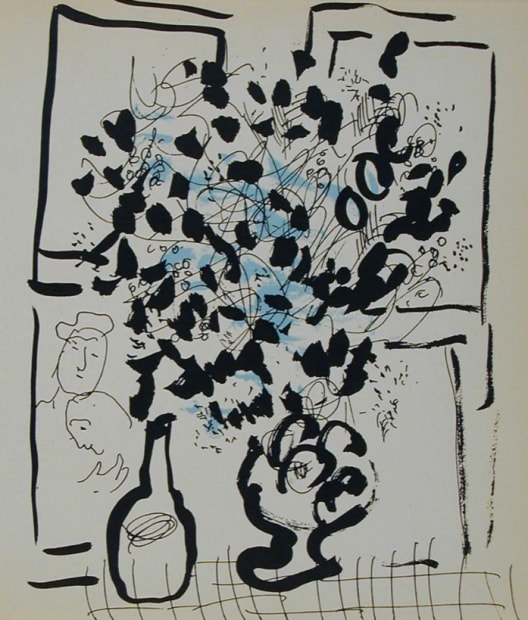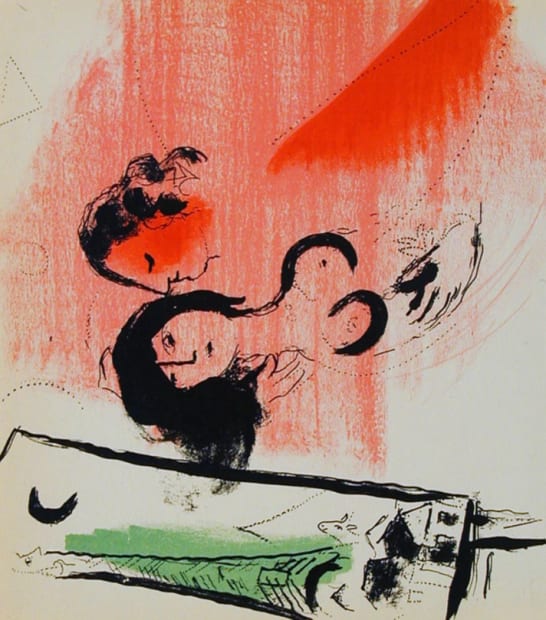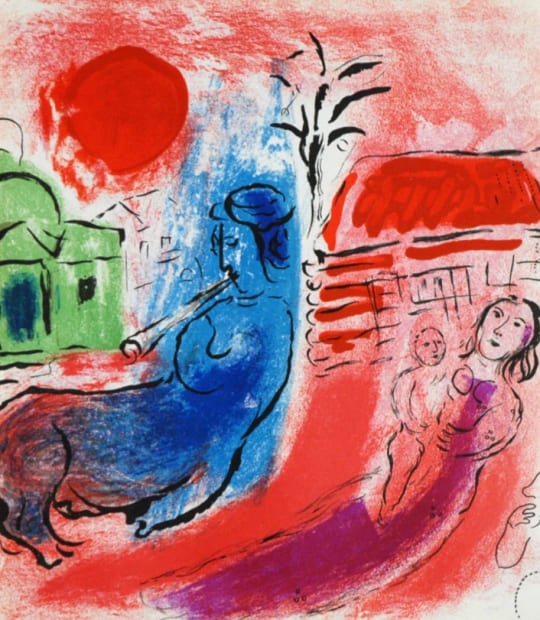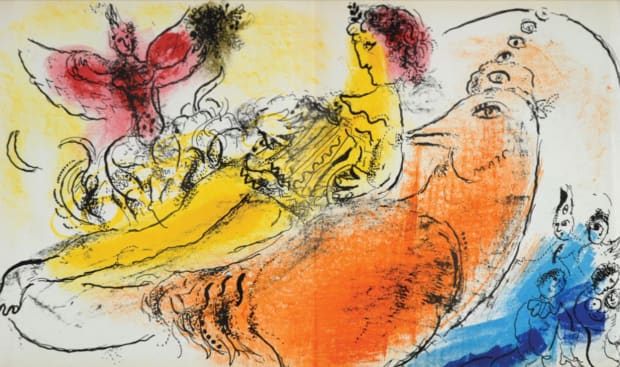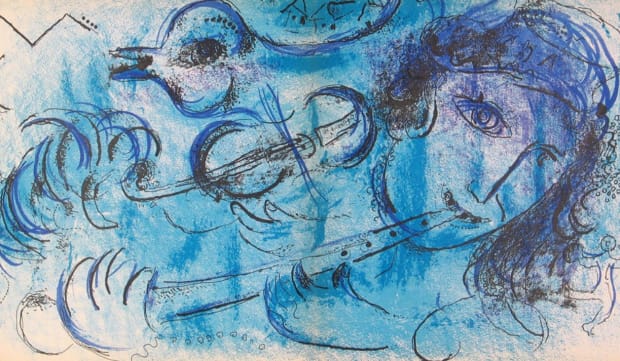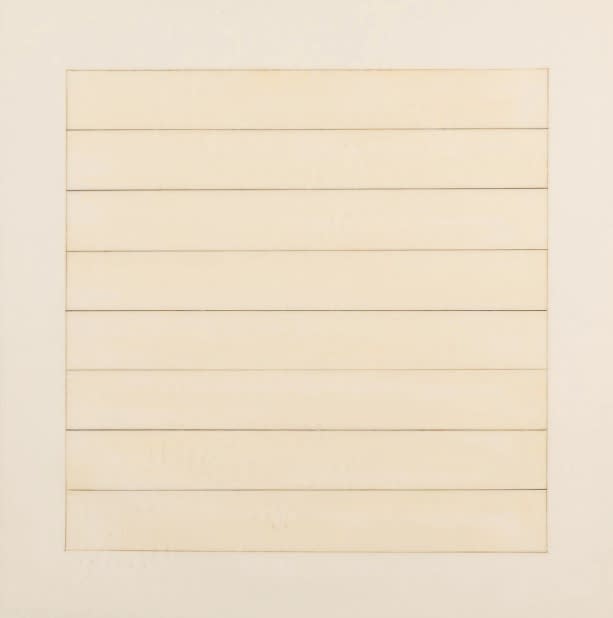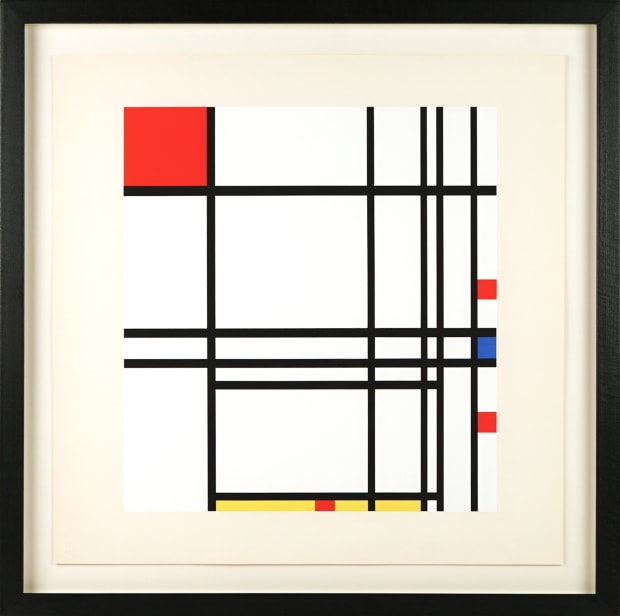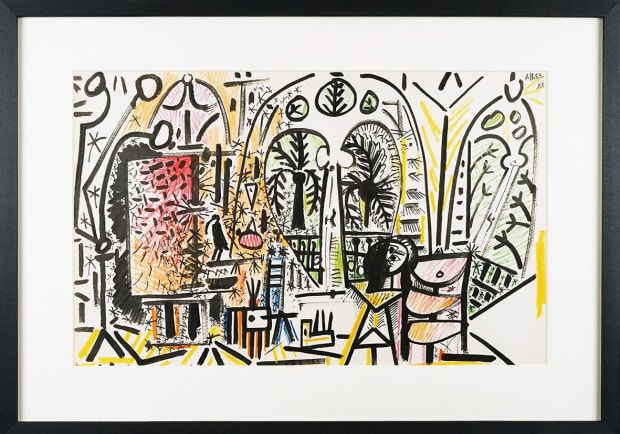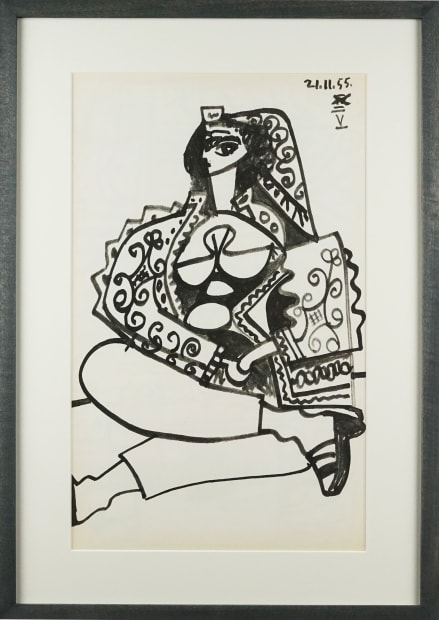-
There are multiple reasons why an artist may have created an unsigned portfolio of original prints. An unsigned edition may have been produced as part of an artist book, to accompany an academic journal, to review and reimagine a significant body of work or to illustrate a work of literature. No matter the motivation, unsigned portfolios provide the perfect balance of low prices and high artistic value for those looking to either kick-start or enrich their collection.
-
-
-
-
-
-
Browse Hidden's Collections...
Subscribe to receive our weekly newsletter.
Be the first to know about new artwork, exhibitions, events and offers.
* denotes required fields
Sign up now to get exclusive early access to new inventory before it hits our website. As a subscriber, you'll also receive advance notice about upcoming art fairs, events, and special offers. You can read our privacy policy here.







